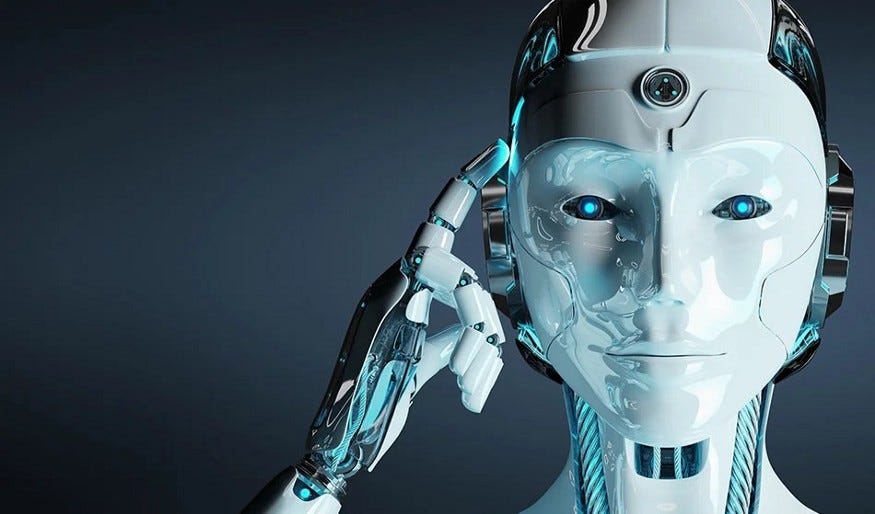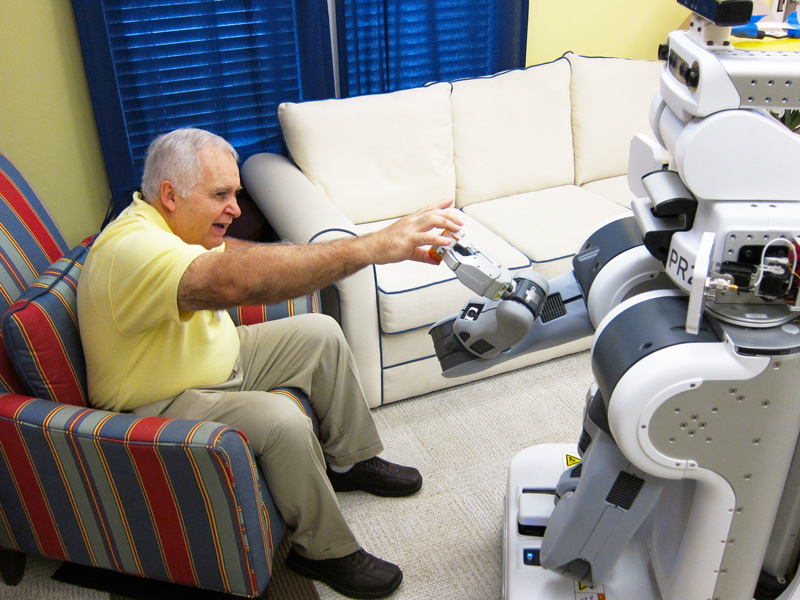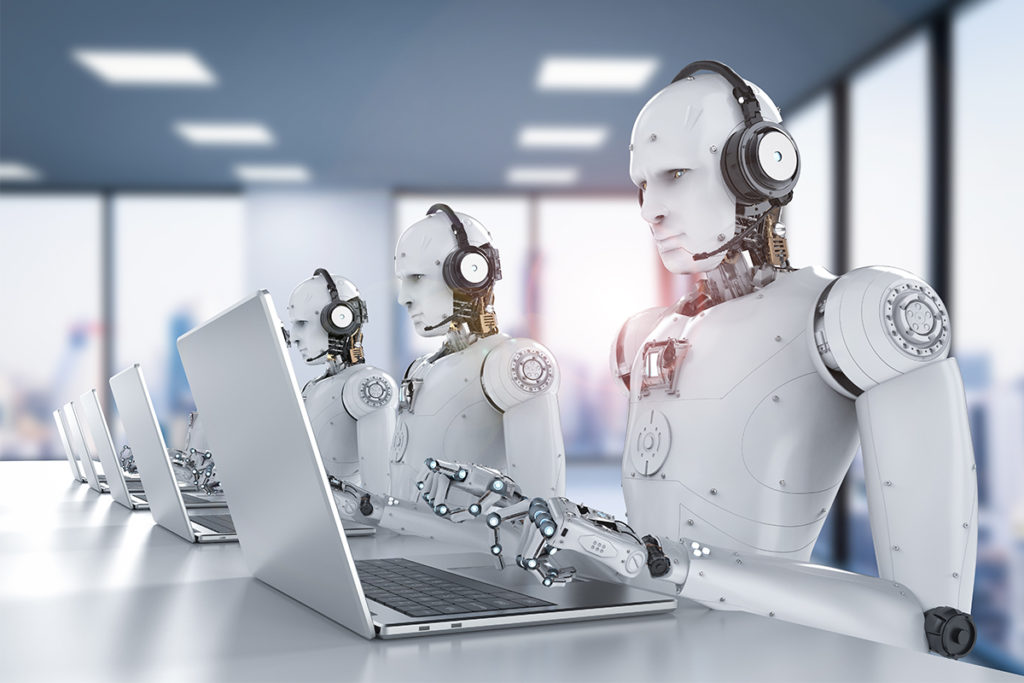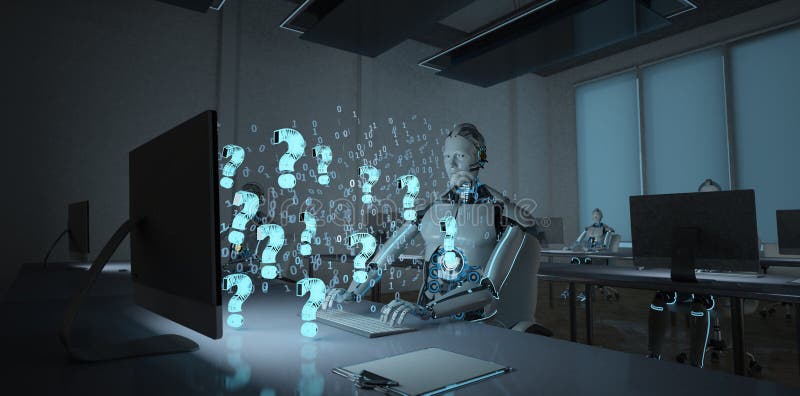Humanoid Robots Presentation
| Introduction to Humanoid Robots | ||
|---|---|---|
| Humanoid robots are robots that resemble human beings in appearance and behavior. They are designed to interact with humans and perform tasks in human environments. Humanoid robots have advanced capabilities such as speech recognition, facial recognition, and natural language processing. | ||
| 1 | ||
| Applications of Humanoid Robots | ||
|---|---|---|
| Humanoid robots are used in healthcare settings to assist with patient care and rehabilitation. They are used in education to support interactive and engaging learning experiences. Humanoid robots are also used in customer service, entertainment, and research. | ||
| 2 | ||
| Advantages of Humanoid Robots | ||
|---|---|---|
| Humanoid robots can perform tasks that are dangerous or difficult for humans, such as exploring hazardous environments or assisting in disaster relief efforts. They can provide support and companionship to individuals who may be socially isolated, such as the elderly or individuals with disabilities. Humanoid robots have the potential to improve efficiency and productivity in various industries. | ||
| 3 | ||
| Challenges of Humanoid Robots | ||
|---|---|---|
| Developing realistic human-like movements and behaviors is a complex engineering challenge. Humanoid robots require advanced sensor technologies and sophisticated algorithms for perception and decision-making. The cost of developing and maintaining humanoid robots can be high, limiting their widespread adoption. | ||
| 4 | ||
| Recent Advancements in Humanoid Robotics | ||
|---|---|---|
| Recent advancements in artificial intelligence and machine learning have enabled humanoid robots to better understand and respond to human interactions. Humanoid robots are becoming more affordable and accessible, thanks to advancements in manufacturing technologies. Researchers are exploring new materials and designs to improve the physical capabilities and dexterity of humanoid robots. | ||
| 5 | ||
| Ethical Considerations | ||
|---|---|---|
| As humanoid robots become more advanced, there are ethical considerations regarding their impact on employment and job displacement. Privacy concerns arise as humanoid robots have the ability to collect and process personal data. There is a need for regulations and guidelines to ensure the responsible and ethical use of humanoid robots. | ||
| 6 | ||
| Future Directions | ||
|---|---|---|
| The future of humanoid robots holds potential for even more realistic and human-like appearances and behaviors. Advancements in artificial intelligence and robotics will continue to enhance their capabilities. Humanoid robots may play a significant role in various industries, including healthcare, education, and entertainment. | ||
| 7 | ||
| Conclusion | ||
|---|---|---|
| Humanoid robots are a fascinating field of research and development, combining engineering, artificial intelligence, and robotics. They have the potential to revolutionize various industries and improve the quality of human life. As technology continues to advance, humanoid robots will become increasingly integrated into our society. | ||
| 8 | ||
| References (download PPTX file for details) | ||
|---|---|---|
| [Insert references and sources here]... Your second bullet... Your third bullet... |  | |
| 9 | ||
| Questions and Discussion | ||
|---|---|---|
| Open the floor for questions and engage in a discussion about humanoid robots. Your second bullet Your third bullet | ||
| 10 | ||








